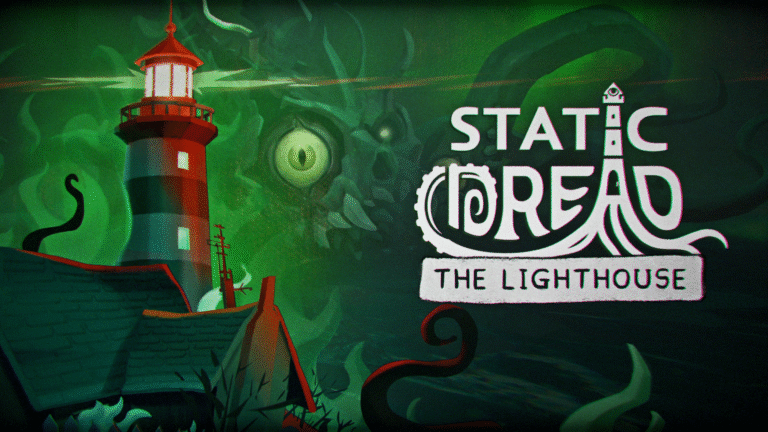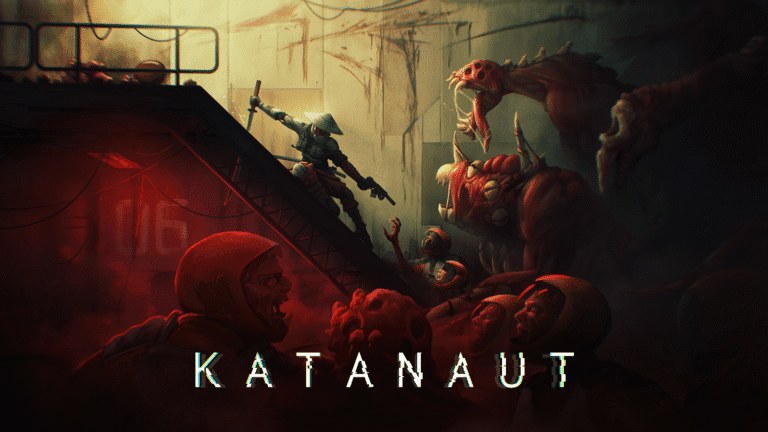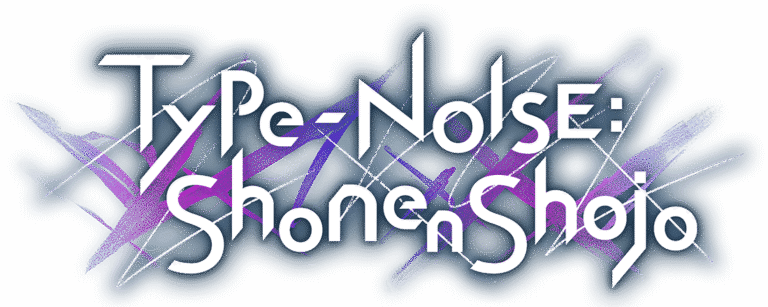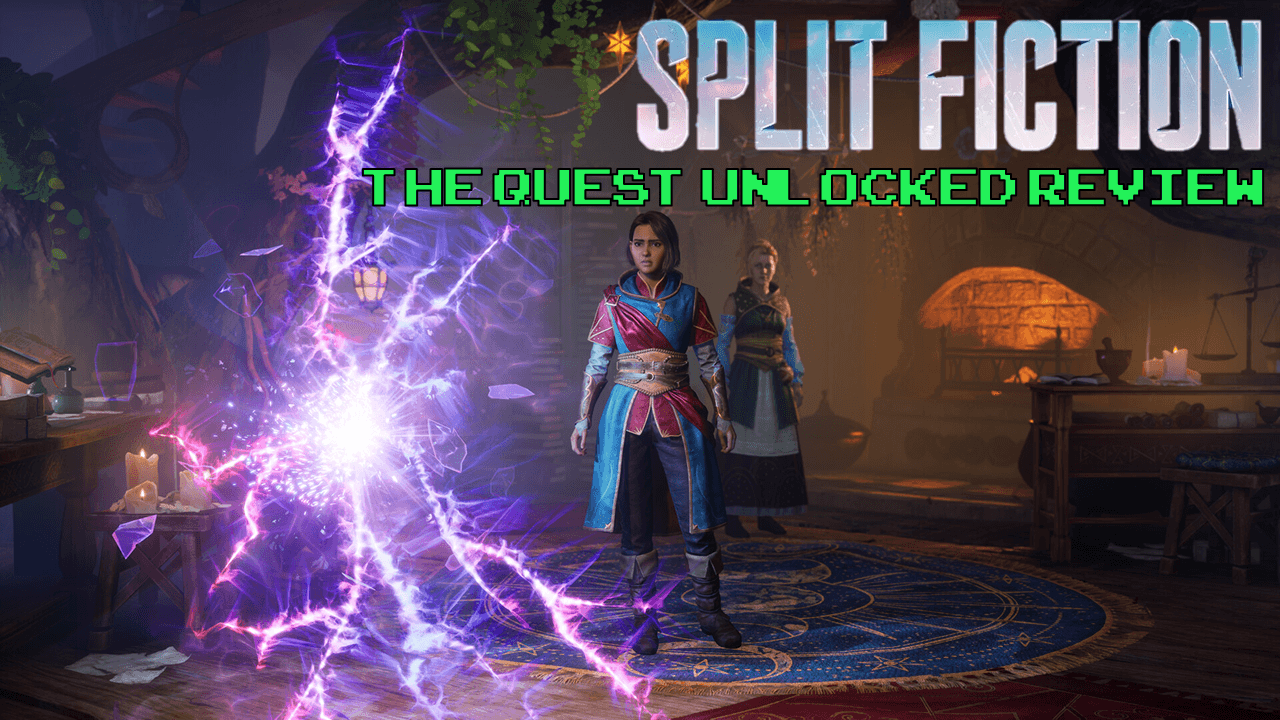
I have poured more time into Split Fiction than I care to admit—both in playing it and in wrestling with how to do it justice on the page. This review, much like the game itself, demanded more from me than expected. I delayed deadlines. I canceled plans. I let texts go unanswered. And yet, if I had to do it all again, I would. Because Split Fiction is not just a game. It’s a mirror of creative struggle, an ode to collaboration, and a challenge to our understanding of what interactive storytelling can be. Every twist in its winding, genre-blending journey invited me deeper—not just into the minds of its protagonists, Mio and Zoe, but into the soul of game design itself.
The Weight of First Impressions
I’ll be honest: I wasn’t sold at first. The aesthetic struck me as a collage of clashing influences—a little too pop, a bit too trope-heavy. A sci-fi vs. fantasy faceoff with two archetypal characters? It sounded like a gimmick. And then there was the whole co-op-only setup. No solo play. In an age where player freedom is sacred, that felt like a red flag.
But oh, how wrong I was.
The first hour was a stumble, a slow onboarding into a world that didn’t seem sure of itself. Zoe’s quips grated, and Mio’s brooding cynicism made me wonder if I’d spend the next dozen hours babysitting an edgelord. And yet, something kept me tethered. Maybe it was the promise of Josef Fares’ pedigree—after all, It Takes Two redefined co-op storytelling. Or maybe it was the whispers from early adopters who described Split Fiction not as just a game, but as an “experience.”
They were right.
Josef (Speaking about Split Fiction’s Ending) –
Josef (Speaking about Split Fiction’s Ending) in the MinNMax Interview
There’s stuff I can guarantee you haven’t seen in a game like this before…
Now I’m Cocky, Man… but you will see,
I’m gonna look at you how you react when you play it and you are gonna say –
Fuck ! Josef was right…
When Gimmick Becomes Genius
What seemed like a gimmick—two authors trapped in a simulation where their stories collide—quickly reveals itself as a narrative masterstroke. Split Fiction doesn’t just juggle genres. It welds them together in ways that feel both intentional and inspired. The game is a kaleidoscope of creativity, constantly morphing, never resting. It’s part Portal, part Psychonauts, part Mario Galaxy, and yet wholly its own beast.
Each world isn’t just a skin swap. The sci-fi levels aren’t merely tech reskins of fantasy puzzles. They operate on different mechanical principles. Zoe’s levels lean into environmental storytelling and mystical problem-solving. Think enchanted forests where puzzles bloom from trees and forgotten castles that whisper lore. Mio’s levels, by contrast, are neon-soaked gauntlets of velocity and violence—gravity-shifting chases through cyberpunk hellscapes, interspersed with hacking puzzles and light-speed shootouts.
This isn’t a narrative on rails. It’s a two-way street paved by dual perspectives, where player input and character growth move in perfect lockstep. The interplay between Zoe and Mio—two minds forced into collaboration, both in fiction and gameplay—is Split Fiction’s emotional nucleus.
A Tale of Two Authors: Narrative Alchemy
On the surface, Split Fiction is a game about authors fighting to reclaim their creative agency. But under that sci-fi gloss lies something far more intimate. Mio and Zoe aren’t just avatars. They’re reflections of the creative psyche—Mio, the cautious, structured world-builder, and Zoe, the dream-drunk chaos engine. Watching them clash, then connect, is like watching the left and right brain try to co-author a novel in real time.
The narrative arc mirrors the best buddy films—think The Odd Couple meets Inception. At first, Zoe’s relentless optimism feels grating, almost performative. But then you see the cracks. Her joy masks grief. Her jokes are armor. Similarly, Mio’s icy demeanor slowly unravels, revealing trauma, ambition, and the suffocating fear of failure.
It’s in the quieter moments that Split Fiction shines brightest. Mid-game, there’s a scene—no spoilers—where the two sit on a digital bench overlooking a fractured simulation. For the first time, there are no puzzles. No enemies. Just conversation. A quiet reckoning. I felt a lump in my throat as Mio finally confided something deeply personal. Zoe, for once, didn’t have a joke. Just silence. Understanding. And then, the screen split, the story continued, and I was no longer a critic—I was a companion on their journey.
Design Like You Mean It: Mechanics with Meaning
Let’s talk gameplay. Because here’s the thing: Split Fiction isn’t just narratively ambitious—it’s mechanically fearless. Every chapter introduces new mechanics that reflect the themes of the narrative. In a world where Mio feels trapped, the level becomes a labyrinth with shifting walls and claustrophobic hallways. When Zoe is overwhelmed by self-doubt, the player must navigate floating platforms that vanish beneath their feet unless both players move in sync.
Hazelight doesn’t recycle ideas. Once a mechanic is done, it’s done. Like a magician tossing a trick into the fire after it’s performed, Split Fiction never looks back. You get one level to master gravity-defying pig-riding, one to battle a sentient typewriter using word-based weapons. Then it’s gone. No grinding. No padding. Just pure, distilled imagination.
The puzzles are co-dependent by design. You can’t brute force them solo. You have to talk. Coordinate. Trust. It’s a bold, sometimes risky design choice that could’ve fallen flat in lesser hands. But here? It’s magic. Every puzzle solved together feels like a tiny triumph of connection.
Art and Atmosphere: A Canvas of Dreams and Dystopias
Few games understand the power of visual storytelling like Split Fiction. Every pixel feels hand-painted with passion and purpose. Hazelight’s dual-world structure—science fiction and fantasy—allows for a visual playground where imagination runs rampant.
Zoe’s realms are luminous fairytale vistas. Think bioluminescent forests where treehouses float, and spellbound NPCs whisper secrets from the shadows. There’s a Ghibli-esque charm here—a gentle, whimsical aesthetic that masks surprisingly dark undercurrents. One level, set in a village plagued by living shadows, morphs its pastel palette into watercolor nightmares. The contrast is breathtaking.
Mio’s segments, meanwhile, are pulsating with cybernetic tension. Picture Blade Runner fused with Tron and sprinkled with Ghost in the Shell. Neon highways spiral around AI-infested arcologies. Flickering monitors reflect fractured identities. And in one jaw-dropping sequence, players sprint across a collapsing metropolis while gravity bends in impossible directions. It’s not just eye candy—it’s eye poetry.
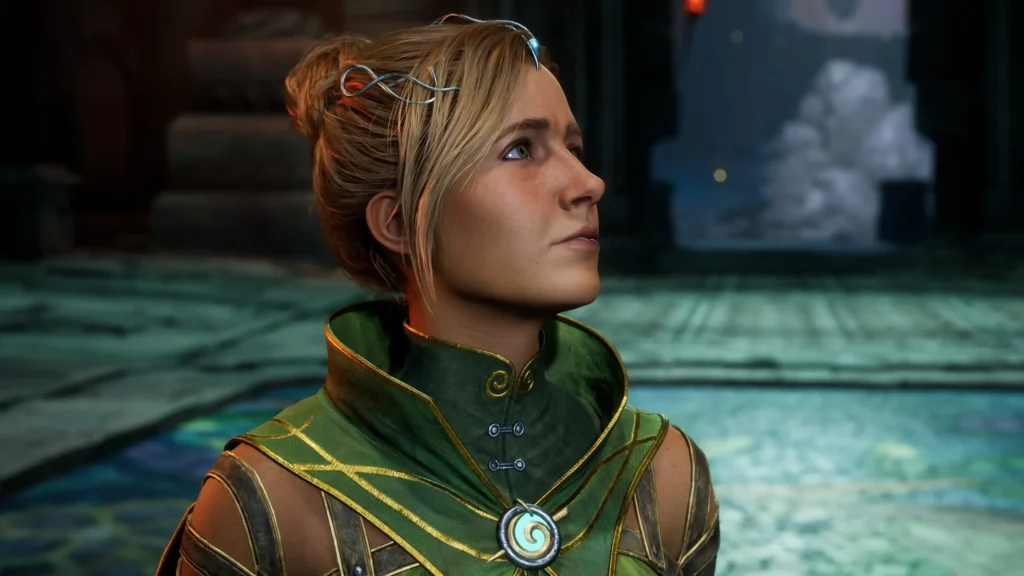
Then there’s the animation. It’s not just fluid—it’s expressive. Characters emote with the nuance of a Pixar film. Zoe’s exaggerated gestures bounce with kinetic joy. Mio’s subtle micro expressions—twitching eyebrows, hesitant glances—speak volumes without a single line of dialogue. That’s not just good animation; that’s storytelling.
And let’s not forget the UI: minimalist, unobtrusive, and contextually adaptive. Menus don’t just sit there—they blend into the world. In sci-fi segments, they flicker like old CRT monitors. In fantasy chapters, they bloom like parchment scrolls. These tiny touches create immersion without shouting about it.
A Symphony of Systems: Music That Speaks
The soundtrack of Split Fiction is, put simply, a masterpiece.
Let’s start with the basics. Each universe has its own sonic identity. Zoe’s fantasy worlds are backed by lush orchestral arrangements—flutes, harps, and sweeping violins that wouldn’t be out of place in a Lord of the Rings adaptation. Meanwhile, Mio’s sci-fi odysseys pulse with dark synths, glitchy percussion, and industrial basslines that could headline a Blade Runner 2049 remix album.
But it’s not just genre fidelity—it’s emotional acuity. Music here reacts dynamically to what you’re doing. Escape sequences ramp up with BPM as enemies swarm. Quiet moments fade to ambient echoes that reflect character vulnerability. In one late-game level, a haunting piano solo underscores a revelation about Zoe’s past—and I’m not ashamed to say I paused the game just to sit with that feeling.
The real genius, though, lies in how music binds the two protagonists. During moments of cooperation, their themes intertwine. Zoe’s flutes dance with Mio’s synths in a duet that mirrors their growing connection. It’s storytelling via sound design, and it elevates Split Fiction into the realm of interactive opera.
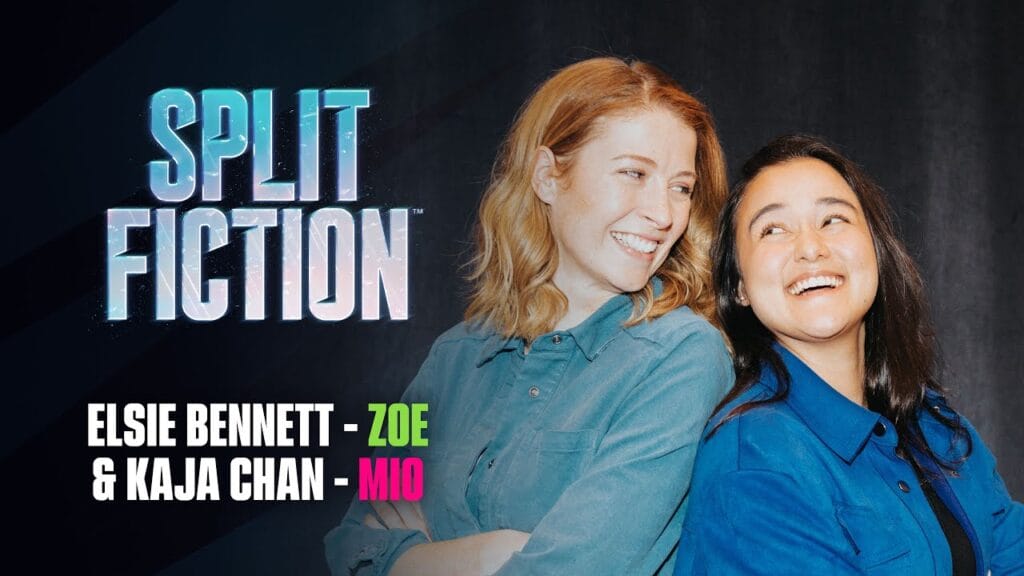
And voice acting? Stellar. Elsie Bennett and Kaja Chan (as Zoe and Mio respectively) don’t just perform—they embody. Zoe’s voice bubbles with nervous energy, often masking insecurities. Mio’s delivery is clipped, precise, but when she softens? It’s like winter melting into spring.
Cultural Reflection: A Love Letter to Gaming
If you grew up with video games—or even if you just love pop culture—Split Fiction feels like a valentine written just for you. It’s packed with references, but never in a “wink-wink” Marvel cameo way. These aren’t shallow Easter eggs. They’re stitched into the DNA of the game.
You’ll recognize “Moonfire Lit” in a cavern straight out of Dark Souls. Or a “leap of faith” from a cathedral rooftop that would make Ezio Auditore proud. And yes, one side mission involves a bizarre Akira-style bike slide that left me laughing out loud in admiration.
But these aren’t just nods—they’re invitations. Split Fiction asks us to remember why we fell in love with games in the first place. It reclaims the joy of discovery, the giddy thrill of mastering a new mechanic, the magic of seeing something utterly bizarre and beautiful. Josef Fares calls it “a love letter to games.” He’s not exaggerating.
It also dares to comment on the creative process itself. The Rader Corporation’s attempt to extract and monetize creativity feels uncomfortably relevant in the era of generative AI and content farms. The game becomes meta: a story about stories, made with staggering originality, warning us not to commodify imagination.
Legacy in the Making: Will History Remember This?
Time will tell if Split Fiction earns the same Game of the Year accolades that It Takes Two did. But if there’s justice in the industry, it absolutely should. Hazelight hasn’t just made another great co-op game—they’ve pushed the genre to its conceptual and mechanical limits.
Think about what Portal 2 did for puzzle games. What Shadow of the Colossus did for artistic storytelling. What Undertale did for RPG subversion. Split Fiction belongs in that conversation.

Its dual-character storytelling invites empathy in a way few titles manage. Its design dares to be maximalist in an era of minimalism. And its technical polish proves that co-op experiences don’t have to sacrifice fidelity for function. From seamless cross-play to innovative camera blending, this is the gold standard.
It’s not just a good game—it’s a blueprint for future ones.
Echoes of Influence: Gaming’s Literary Mash-Up
Comparisons are inevitable. You’ll see echoes of Psychonauts in the imaginative levels. Unravel 2 in the emotional partnership. Ratchet & Clank in the outrageous weaponry. Little Big Planet in the tactile whimsy. But none of these games do what Split Fiction does: merge gameplay and character development into a unified crescendo.
Even in literature, you’ll see influences—Inkheart, The NeverEnding Story. This is a game that treats stories like ecosystems—living, changing, colliding in unexpected ways. There are sections where you become a sentence, where verbs propel you forward, where metaphors become puzzles.
And it never forgets it’s a game. It never sacrifices fun for message. It makes you laugh, then cry, then scream in co-op frustration, then laugh again. It’s chaotic, heartfelt, ridiculous, and profound—all in the span of minutes.
Through My Eyes: A Player’s Journey
It’s impossible to talk about Split Fiction without talking about what it feels like to play. And I don’t mean just the tactile thrill of a smooth jump or a well-timed puzzle solution. I’m talking about something deeper—something you carry with you long after the credits roll.
I played the game locally on my PS5, and let me tell you: this wasn’t just a playthrough—it was a pilgrimage. My co-op partner and I didn’t just solve puzzles. We shared laughs. We shared frustrations. We shared moments where we both gasped at the same twist, where we both sat stunned by a revelation. That kind of emotional sync-up? Rare. Precious.
There’s a level—about halfway through—where your characters lose their powers. They’re forced to rely purely on timing and coordination, stripped of any special gimmicks. It was maddening at first. But then? It became transcendent. Every jump required trust. Every mistake taught us something about the other. That moment, more than any scripted cutscene, taught us what it meant to truly co-op.
And just when you think you’ve seen everything this game has to offer—it pulls off one final trick.
The final level of Split Fiction is a masterstroke. Without spoiling anything, I’ll just say this: it is a culmination of every mechanic, every emotion, every theme you’ve experienced along the way. It’s the kind of sequence that makes you sit back afterward and go, “Did we really just do that?” Visually breathtaking, mechanically exhilarating, and emotionally resonant, it is the perfect crescendo to a game that never stopped surprising me. It’s the kind of ending that redefines everything that came before it—and it will stay with you long after the screen fades to black.
By the end, we weren’t just controlling Mio and Zoe. We were Mio and Zoe. Their struggles were our own. Their growth mirrored ours. And when the credits rolled, I wasn’t ready to say goodbye.
The Nuts and Bolts: A Technical Triumph
Let’s talk specs. Because Split Fiction isn’t just narratively and mechanically ambitious—it’s a beast of technical execution. On the PS5, the game ran at a buttery 60 frames per second with virtually no hitches, even during chaotic boss battles or rapid perspective shifts.
And speaking of perspectives—Hazelight absolutely nails the screen-splitting wizardry. You’d think toggling between third-person, side-scroller, top-down, and even first-person segments would result in visual disarray. But no. Transitions are seamless, and the UI adapts in real time. Whether you’re navigating a maze of shifting panels or gliding through zero-gravity arenas, the game feels like it was built for that exact moment.
Load times? Barely noticeable. Animations? Fluid and expressive. Asset quality? Top-tier, with crisp textures and shockingly long draw distances. The game’s visual fidelity doesn’t just serve aesthetics—it enhances gameplay clarity, ensuring that every mechanic is readable, every clue visible.
If there’s a knock, it’s in the accessibility department. While control remapping and camera assistance are present, other options—like colorblind modes, adaptive difficulty scaling, or auditory cues—are notably absent. For a game so invested in connection and inclusivity, this is the one area that feels undercooked.
But even that shortcoming doesn’t overshadow the sheer polish and performance on display. Split Fiction isn’t just playable—it’s pristine.
Replayability: A Story You’ll Want to Live Again
I don’t often replay games. Time’s limited. The backlog is real. But Split Fiction? I’ve already penciled in a second run. Here’s why.
First off, each character offers a distinct experience. I played as Mio this time. Next time, I’ll be Zoe. And while the core story remains, the puzzles, powers, and perspectives differ enough to make it feel fresh.
Then there are the side stories—optional excursions that blur the line between homage and hallucination. One moment you’re in a dance battle against a sentient monkey DJ, the next you’re in a noir detective mystery where dialogue choices shape the level layout. These aren’t side quests. They’re fully realized micro-games, each brimming with mechanical and narrative surprises.

Hazelight also sneakily embedded meta-narrative layers that only fully make sense on a second playthrough. Once you know the twist behind the simulation, certain lines, props, and environmental details gain new meaning. It’s like rewatching The Sixth Sense—you notice everything you missed.
And with rumors of future DLCs—expanded arcs, new characters, community-made levels—the horizon looks promising. Even without that, though, Split Fiction earns its place in the “play it again” pantheon.
A Medium Reimagined: Impact on the Industry
Here’s the thing about Split Fiction: it dares to imagine what games can be.
We’re in an age where the industry often splits itself—between live-service behemoths and cinematic open-worlds. In that dichotomy, co-op story games often fall through the cracks. But Hazelight isn’t just keeping the genre alive—they’re evolving it.
Split Fiction proves that cooperative gameplay isn’t just a feature. It’s a language. A way to tell stories that single-player or MMO frameworks can’t. This game doesn’t treat its co-op as a mode—it treats it as meaning.
And that meaning is already rippling outward. I’ve heard developers cite it in panels. Designers talk about its boss architecture like it’s sacred text. Critics compare its emotional beats to prestige television. Whether or not it wins the big awards (and it should), Split Fiction has planted its flag.
It’s not just a great game. It’s a turning point.
The Final Word: You Have to Play This
I know some of you reading this are skeptical. Maybe you’ve heard the hype and shrugged. Maybe the whole “co-op only” thing feels like a barrier. Maybe the screenshots seem too cute, too chaotic.
But trust me: Split Fiction is the rare game that transcends its genre. It starts as a quirky experiment and becomes a symphony of connection, invention, and emotion. It’s a love letter to gaming—and it deserves to be read.
Grab a partner. Sit down. Suspend disbelief. And let yourself fall into a world where stories shape reality and collaboration is the key to escape.
You won’t regret it. I promise.
The Game That Changed How I See Games
Split Fiction didn’t just surprise me—it moved me. It reminded me why I fell in love with gaming in the first place. Why, as a kid, I could lose hours to fantastical worlds. Why, as an adult, I still turn to stories that challenge and inspire. This game is lightning in a bottle—a testament to the creative madness of Josef Fares and the fearless minds at Hazelight Studios.
Yes, it’s unconventional. Yes, it demands a partner. And yes, it’s easy to underestimate.
But dismissing Split Fiction would be a mistake.
Because this is more than a video game. It’s a creative collision. A dual-character drama. A masterclass in design and execution. It’s bold, weird, heartfelt, and completely unforgettable. And in a world oversaturated with sequels, remakes, and safe bets, we need more games like this—games that take risks, break molds, and invite us to feel something.
My final score? 4.7 out of 5. A near-masterpiece only held back by a lack of deeper accessibility features. Everything else? Practically flawless.
So, if you’re still unsure, let me say this clearly: Split Fiction deserves your time. Your attention. Your wonder. You owe it to yourself—and your co-op partner—to see what this story has to say.
Split Fiction is available on PC, PS5, Xbox Series X/S and is a Launch Switch 2 title. The Quest Unlocked played a personally purchased copy of the game.

